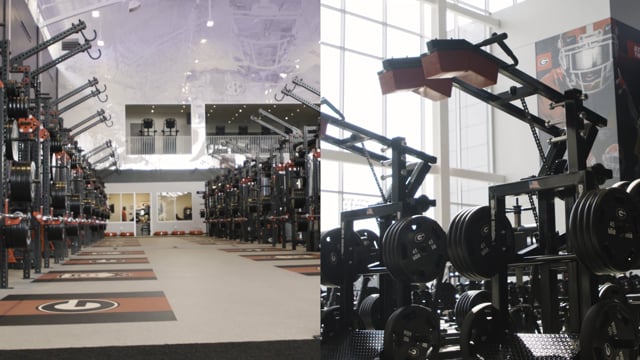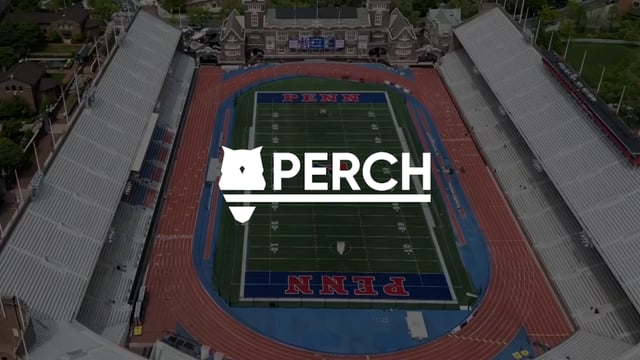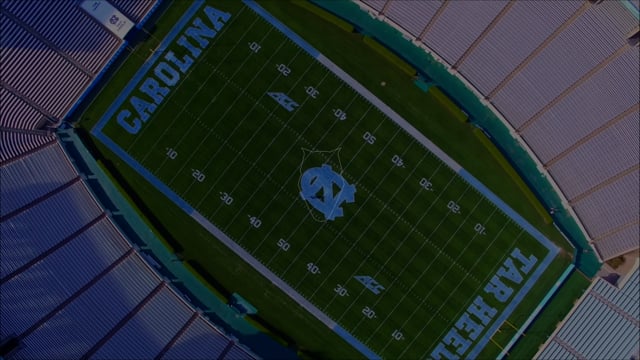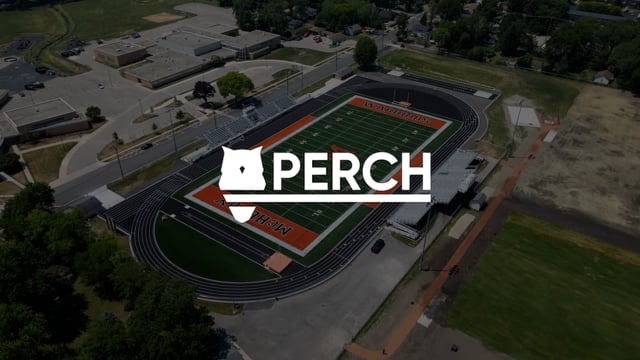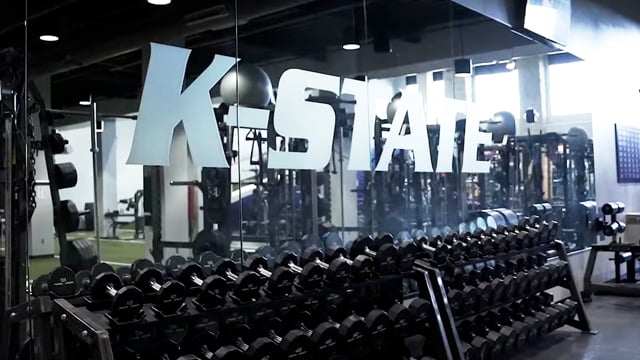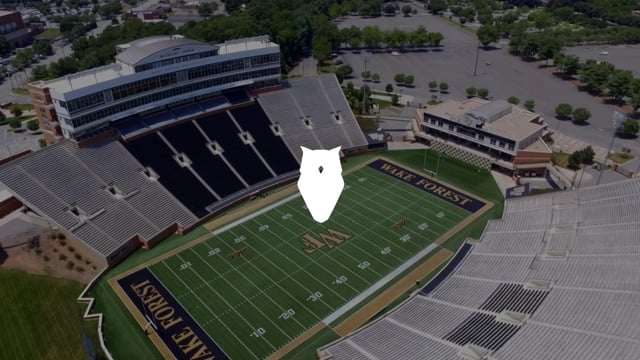Sports Science Webinar with Nathan Spencer
Coach Nathan Spencer of the AFL talks through how to use data in the weight room from Perch and other technology to drive decision making.
See Summary
Optimizing Athletic Performance with Data-Driven Training
Introduction
In this webinar hosted by Perch, Nathan Spencer, Head Strength and Power Coach for the St. George Dragons, shared how he integrates Velocity-Based Training (VBT) and Perch technology to improve athletic performance, data-driven decision-making, and long-term athlete development.
Nathan’s Approach to Training Philosophy
Nathan emphasized that training philosophy is grounded in intent, purpose, and alignment with the head coach's game model. His program prioritizes physical preparation to ensure athletes remain robust and ready for peak performance. By utilizing data insights, the team can improve players' on-field effectiveness through individualized programming and real-time feedback.
Why Velocity-Based Training?
Nathan highlighted the benefits of VBT, particularly Perch’s live data display, which fosters a competitive, performance-focused environment. Athletes can see immediate metrics during training, such as velocity, power output, and progress benchmarks, motivating them to push their limits. Additionally, VBT ensures that athletes perform under optimal conditions without compromising form or technique.
Key Training Variables and Adaptations
Using technology like Perch, Nathan evaluates various metrics to personalize training regimens. These include:
- One-rep max (1RM) measurements for strength
- Squat-to-body-weight ratios to identify areas for improvement
- Isometric and peak force assessments
- Velocity profiles to monitor performance consistency
Data helps categorize athletes into strength or power-focused training groups and tailor routines based on recovery needs or potential fatigue signs.
Real-Time Metrics in Action
Perch’s user-friendly interface delivers quick, digestible feedback for both coaches and players. Live leaderboards and colored performance indicators (e.g., green for speed, red for heavy lifting) make it easier for athletes to understand session goals without complex explanations. Visual tools ensure training is efficient and aligned with competitive game strategies.
Long-Term Athlete Development
Nathan provided insights into how long-term athlete development is informed by strategic data collection. Factors such as body composition, training age, and position-specific demands influence training adjustments. Younger athletes, for instance, are guided to develop a balance between strength and velocity to enhance career longevity.
The data also aids recruitment and retention by offering objective performance evaluations. High-performing players identified through key metrics are presented to management for consideration in contract negotiations.
Case Studies & Implementation
Nathan discussed several case studies comparing athletes of different experience levels and positions. For example, a younger player with strong velocity output but weaker under heavy tension required changes to velocity bands during training sessions. In contrast, experienced athletes demonstrated better resilience and power across both heavy and explosive lifts.
Key Takeaways for Practitioners
- Training with Intent: Nathan’s mantra of "train the right way to play the right way" emphasizes structured, purpose-driven training.
- Data Utilization: Coaches should leverage data from devices like Perch to refine both short-term and long-term performance strategies.
- Technology and Adaptability: Simple, quick-to-use tech solutions reduce time spent troubleshooting, enabling coaches to focus on optimizing athlete performance.
- Custom Programming: Programs should address both immediate goals (e.g., game readiness) and future needs (e.g., skill development and strength gains).
Closing Remarks
Nathan concluded by underscoring the importance of data-driven coaching. Effective training systems, he noted, foster a culture of competitiveness and continuous improvement, ultimately leading to success on the field.
Related Webinars

Start Gathering Data With Perch Today!
Reach out to us to speak with a representative and get started using Perch in your facility.

